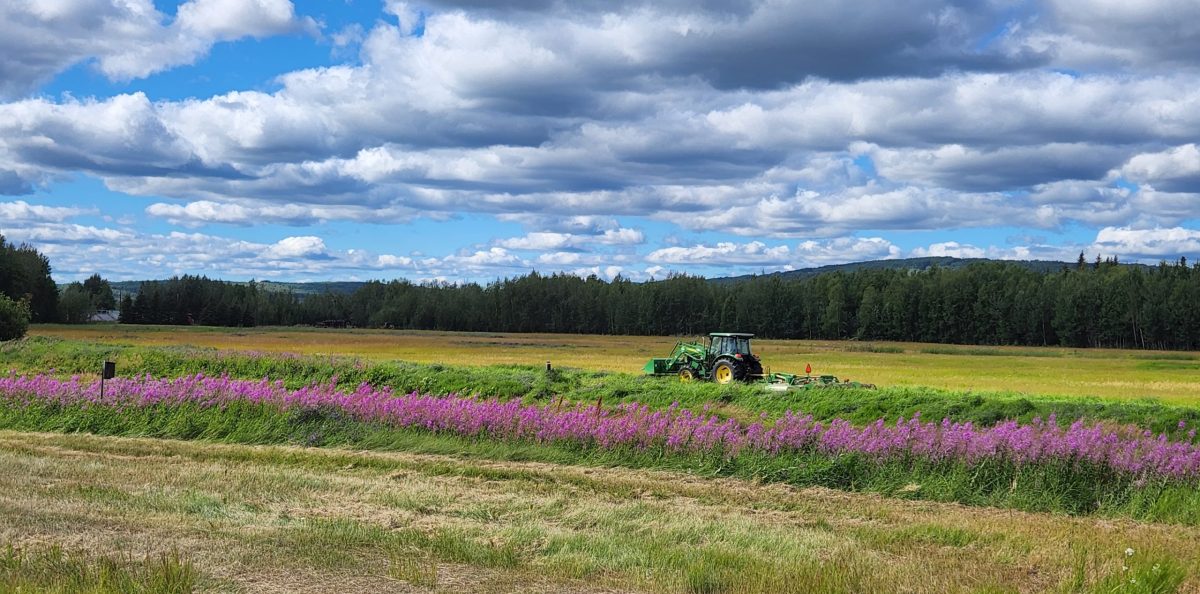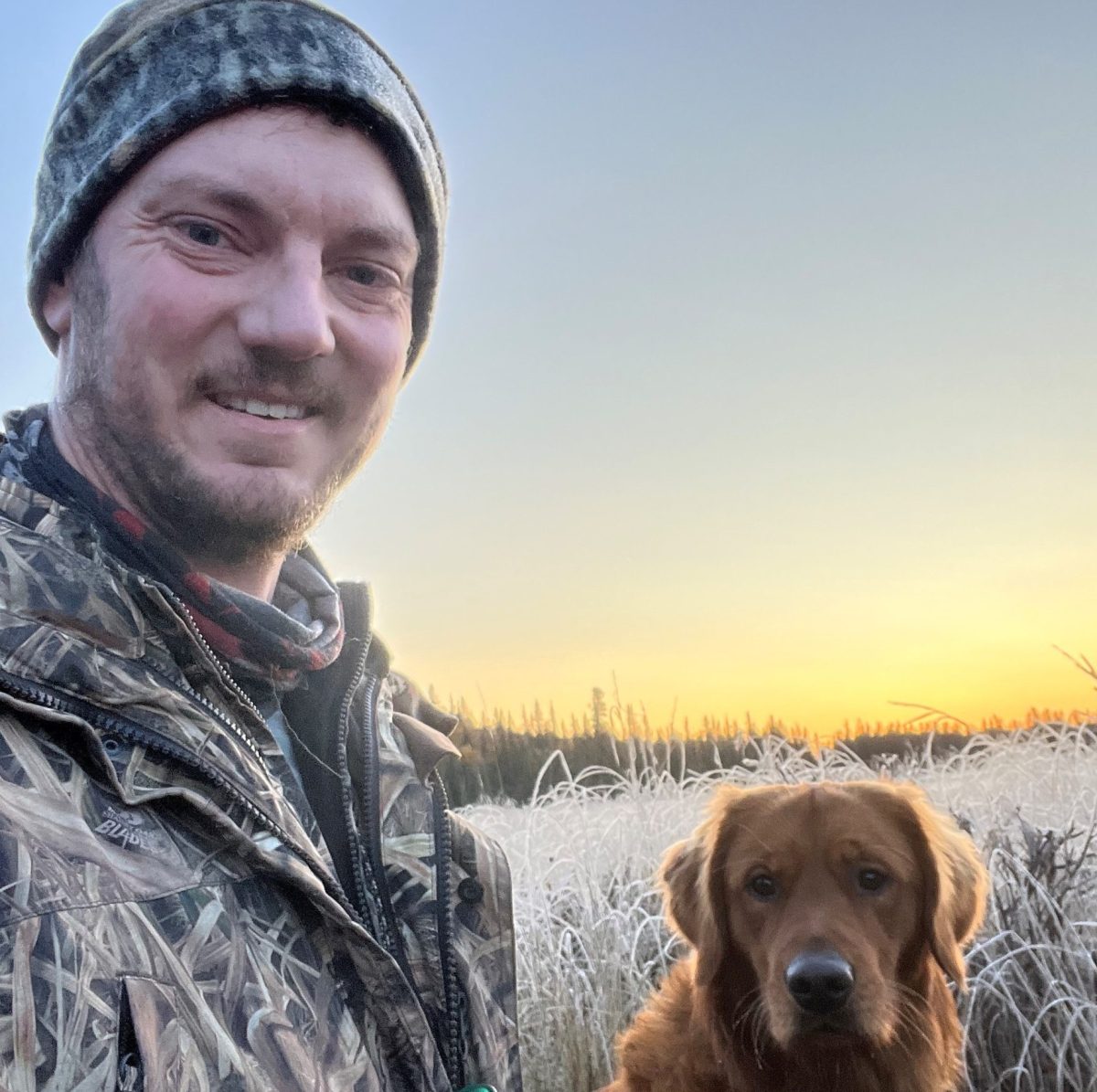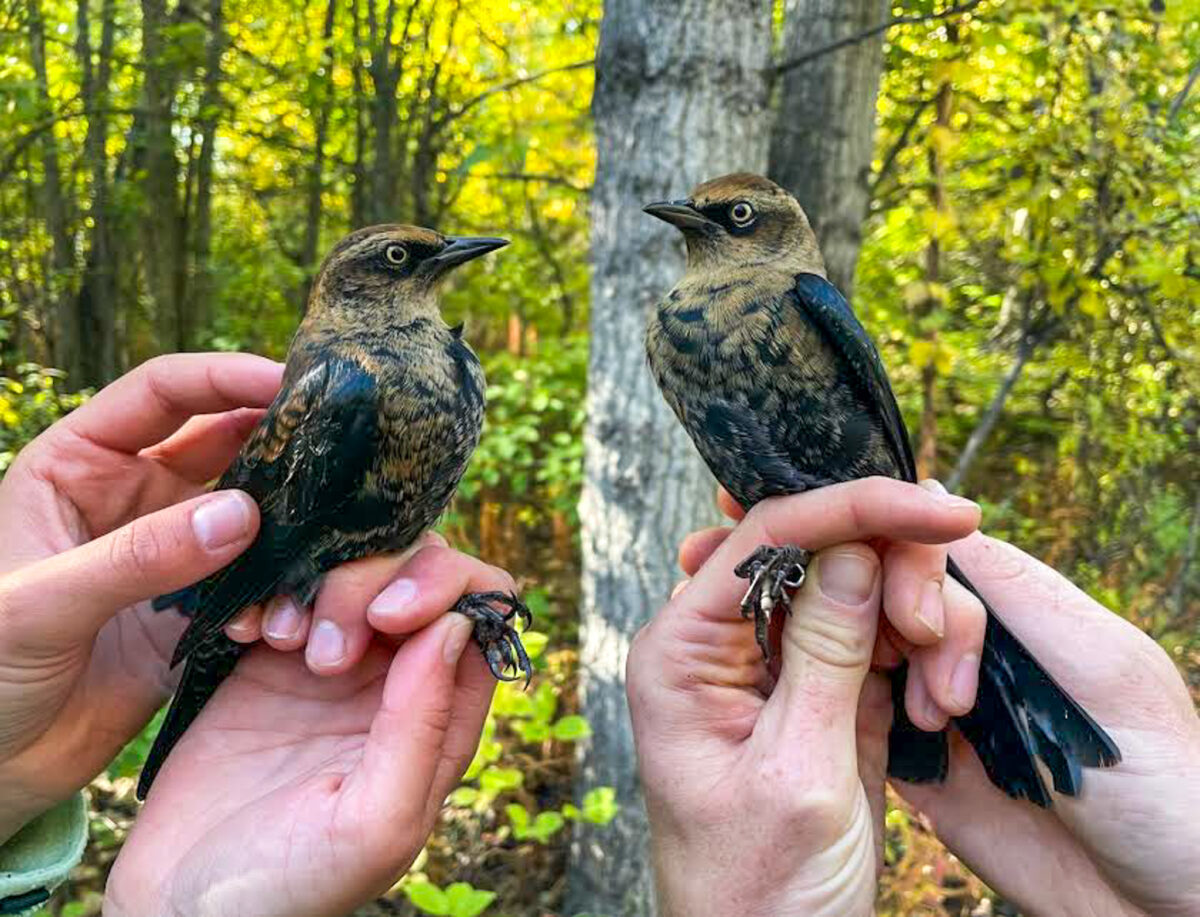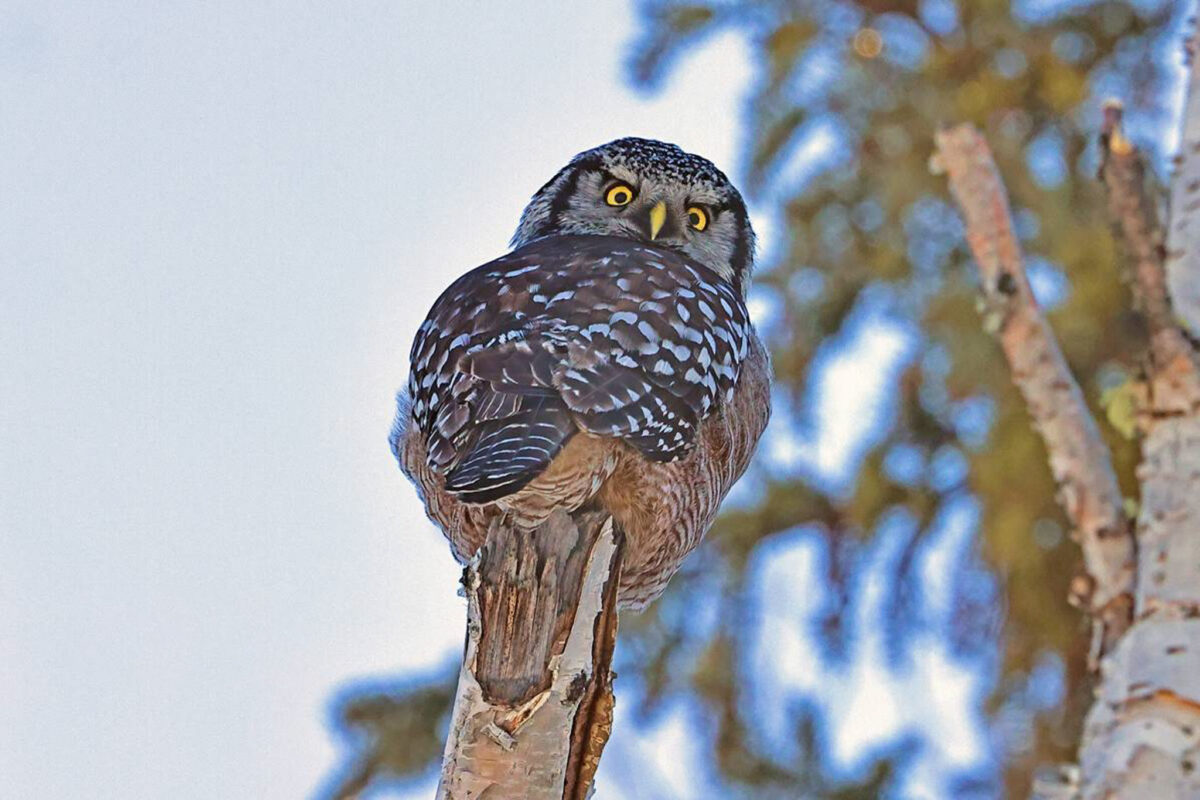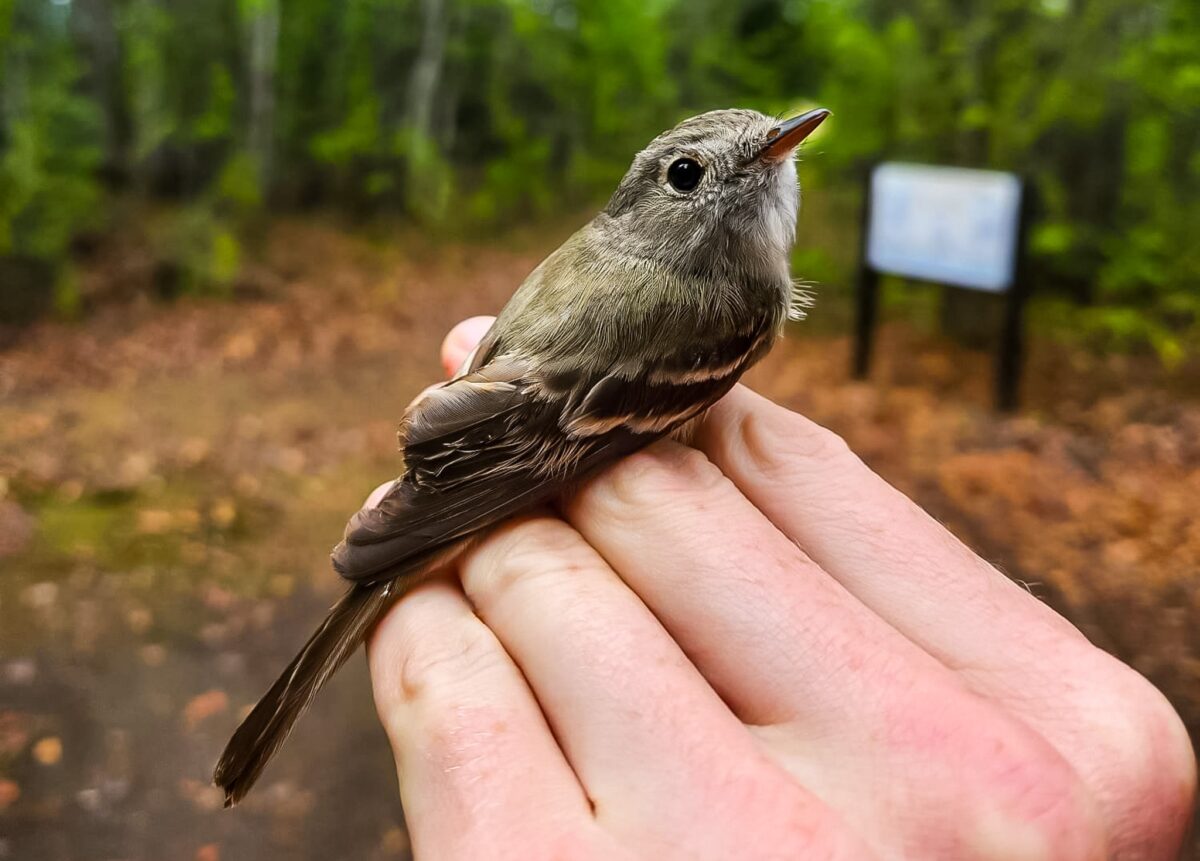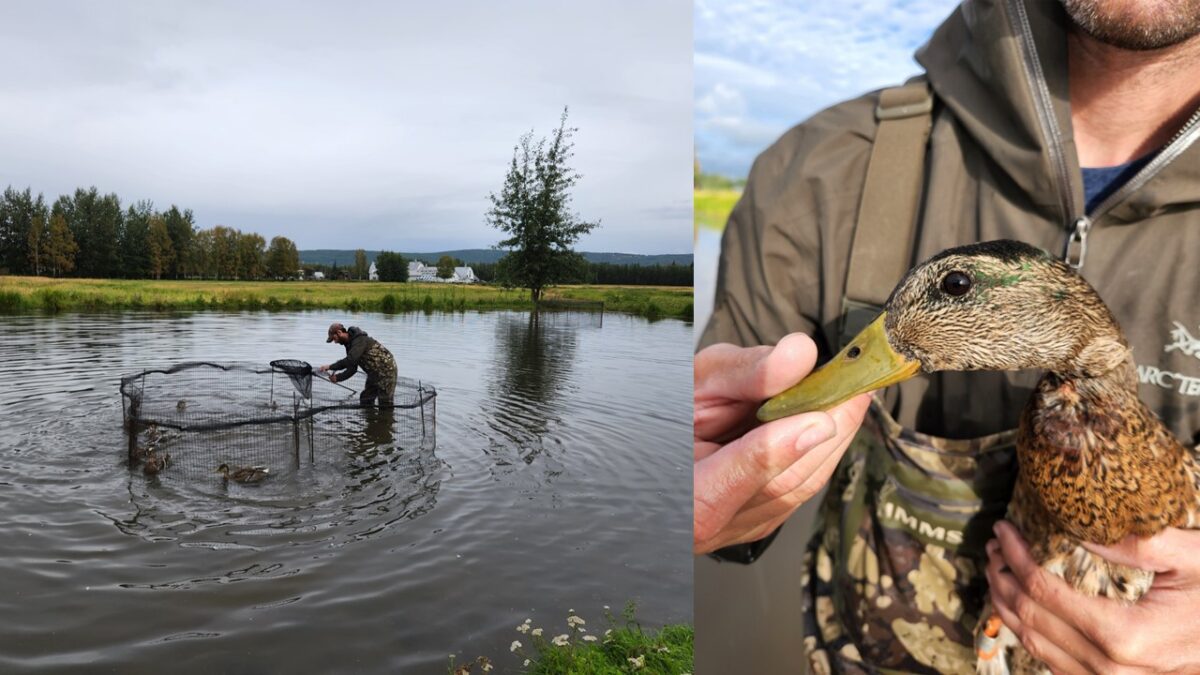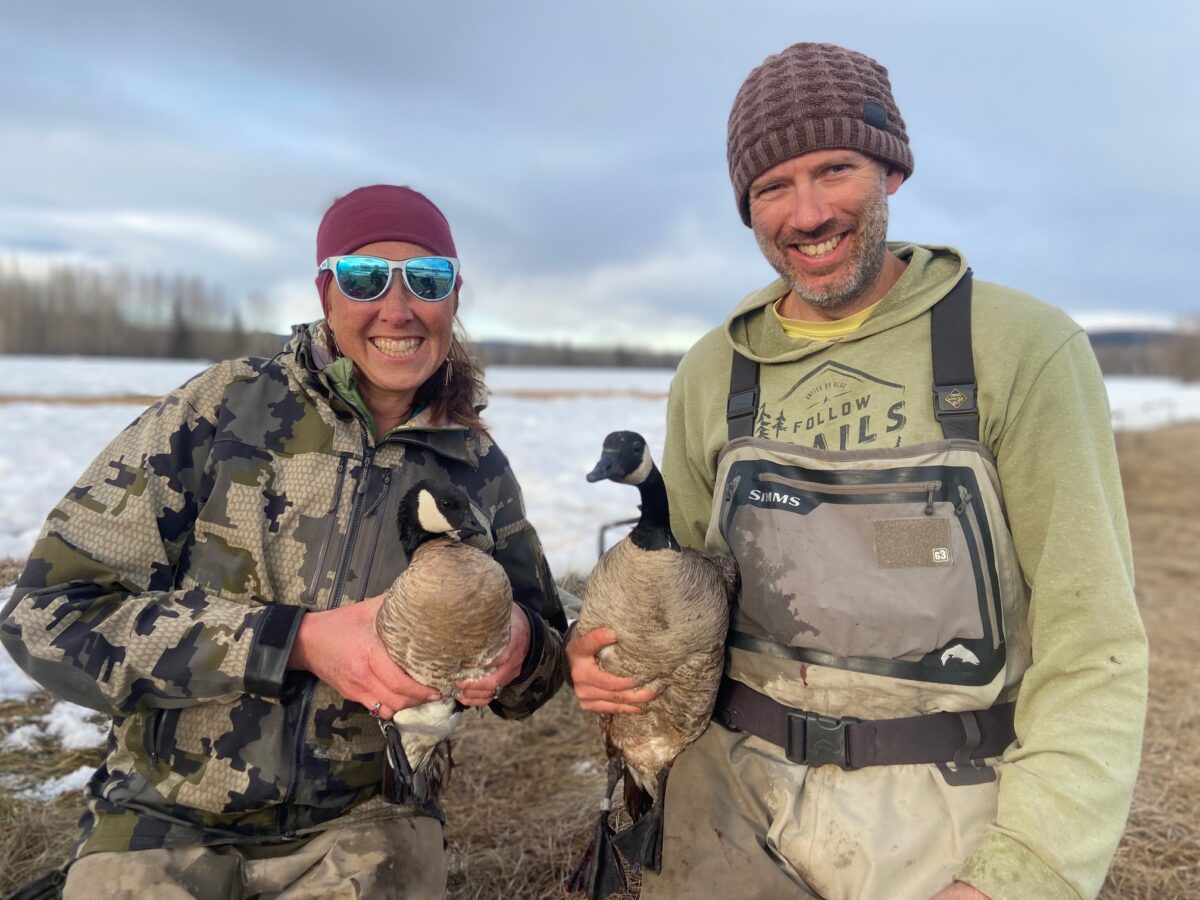The springtime brings many changes to Interior Alaska. Here at Creamer’s Field Migratory Waterfowl Refuge in Fairbanks, the skiers and dog mushers put away their skis and puffy coats to wait patiently for the next winter season. As the temperatures warm, the rapidly melting snow exposes bare ground and floods the sprawling fields, creating an ideal respite for thousands of birds from their grueling migration journeys as they venture towards their northern breeding grounds. The large spectacle of birds attracts travelers from all over the world who are eager to experience the splendor of the refuge. As the masses of birds feed on the leftover and spread grain in the fields, refuge management heeds the incoming warmer months and prepares their cultivation for migration. Early Dairy Farming Farming interest took off in the Interior in the early 1900’s after the discovery of gold and the area flooded with prospectors expecting to strike it rich. As the town of Fairbanks grew, …
It’s nesting season! What should you do if you find a baby bird?
In the transition from the cold winter to the warmer seasons, birds migrate to their summer grounds to find safe habitats to mate, give birth, raise young, escape predators, and to locate food. A majority of the nearly 470 bird species found here in Alaska are migratory and they travel here from all seven continents! Wildlife should never be approached in most situations. It is understandable to want to help wildlife that seems to be in trouble, but it is generally best to leave wild animals alone. Wildlife can get incredibly stressed by being handled by humans, the young and parents especially. Handling wildlife can even be detrimental to some species and impact their ability to thermoregulate or cause them to overheat. Some animals can even carry diseases that affect people and pets. It is quite common for birds and mammals to leave their young alone for short periods or to be nearby and out of your sight, and it …
Meet the ADF&G Refuge Manager: Clint Cooper
Clint Cooper began as the Refuge Manager of the Creamer’s Field Migratory Waterfowl Refuge for the Alaska Department of Fish and Game in December 2023! Originally from Texas, Clint was pursuing a B.S. degree in wildlife biology at West Texas A&M University when he landed his first summer gig in Alaska at Delta Junction. In May 2006 he loaded up his pickup, drove to Alaska, and spent the summer in the field learning the plants and surveying the vegetation of Interior Alaska. Clint was hooked on Alaska, and after finishing his degree at West Texas A&M University, he returned to Alaska and worked in wetlands, wildlife, and invasive species management. He started with ADF&G in 2017 as the manager of the Delta Junction Bison Range, where he worked on many habitat improvement projects to benefit wildlife. The purpose of the bison range is to perpetuate free-ranging bison by providing adequate winter range and to alter seasonal movements of bison to …
There is no Dog Poop Fairy at Creamer’s Field
With the melting of snow this breakup season, residents and visitors will start to see an influx of dog waste EVERYWHERE in Fairbanks! What’s with all the dog poop and bags? Does your walk routine with your furry best friend look similar to this? We’ve learned that there’s often no malice behind leaving poop bags on the ground. Many of us have our hands full while walking our pets, so we decide to leave the bags on the trail and grab them on our way back. And then, as we’re thinking about getting to work, hurrying home to make food, or picking up our kids…we forget to grab the poop bag! Over time, these lapses can have bad consequences for our natural spaces. Creamer’s Field Migratory Waterfowl Refuge is a unique gem to the Fairbanks area due to its diverse habitats and abundant seasonal wildlife. Creamer’s Field is a state wildlife refuge managed by the Alaska Department of Fish and …
Seeking Songbirds: Fall Bird Banding at the Creamer’s Field Migration Station
The rapidly shifting seasons continually brings many changes to Creamer’s Field Migratory Waterfowl Refuge. As the springtime floodwaters receded, the warmer days awakened hibernating life, and the sunlight from the longer days brought forth lush green leaves and grass seemingly overnight! In the spring, sojourning songbirds arrived after their long migratory journeys to raise the next generation during the warmer months. The birds embark on various nest establishing and construction in preparation for breeding. The abundance of berries, fruit, seeds, insects, and other invertebrates during the warmer months grant adult birds the ability to feed themselves, their young, and eventually the young birds learn to forage and feed themselves throughout the season. Bird Population Data The Alaska Songbird Institute (ASI) completed their banding efforts for 2023 at the Creamer’s Field Migration Station (CFMS) for the fall season. As discussed, in a previous blog post about springtime bird banding: researchers catch, record, and keep track of individual birds by placing an …
Resident Raptors: A Chronology of the Northern Hawk Owls at Creamer’s Field
Creamer’s Field Migratory Waterfowl Refuge became home to a nesting pair of Northern Hawk Owls for the better part of a year. These solitary and mysterious birds of prey remained a constant and extraordinary presence here on the refuge for humans and wildlife alike. Their visible hunting and nesting activities created an accessible spectacle. Many dedicated local birders and refuge staff were able to document every daily aspect of these owls’ lives from witnessing daily hunting during the late fall and winter, mating, establishing a nesting site, successfully raising young, and battling other local predators for territory throughout the many months of their residence here on the refuge. Range and Habitat The Northern Hawk Owl, Surnia ulula, remains as one of the least-studied birds in North America. The name “hawk owl” comes from its hawk-like body shape, posture, and daytime hunting habits. It is a medium-sized owl at 16″ long and has a long slender tail, black facial disk borders, …
Seeking Songbirds: Spring Bird Banding at the Creamer’s Field Migration Station
For decades, the site of the former dairy and current Creamer’s Field Migratory Waterfowl Refuge has been distinguishable by the grand white barns, expansive open fields, white pillars of birch trees on the wetland, plentiful wildlife, and miles of trails. Amid the various habitats and wildlife, the refuge is best known by birdwatchers, photographers, and researchers for its abundance of birds. The refuge hosts resident and migratory birds of all types including waterfowl, shorebirds, Sandhill Cranes, seabirds, birds of prey, and songbirds. Songbirds at Creamer’s Field are notable for the vast amount of data they’ve provided to scientists over the decades at the research station based here. To find it, visitors must venture to the west side of the refuge. Along the Seasonal Wetland Trail, nestled back in the boreal forest at the center of numerous converging footpaths, is the northernmost continually operated songbird banding station in North America: The Creamer’s Field Migration Station (below). The Creamer’s Field Migration Station …
Waterfowl Research at the Refuge: Fall Migration
Waterfowl banding occurs all throughout North America and is a useful tool in the monitoring of waterfowl species. As fall migration was getting underway, the Alaska Department of Fish and Game (ADF&G) conducted waterfowl banding throughout Alaska with a statewide goal of banding 6,000 Mallard ducks. Typically, the Interior banding effort is performed at a banding station on Big Minto Lake. However, due to high water levels, wildfires in the Interior, and equipment availability, the 2022 fall banding operation occurred at Creamer’s Field Migratory Waterfowl Refuge. The operation at the refuge was headed by ADF&G Wildlife Technician, Nate LaShomb, along with other banders and volunteers from ADF&G, the U.S. Fish & Wildlife Service, and the University of Alaska Fairbanks. The ducks were captured using a swim-in trap technique (right photo). This involves a baited trap that acts much like a crab pot in which the birds were allowed to enter the trap via an opening but are unable to leave …
Three Decades of Camp Habitat at Creamer’s Field
Popular children’s nature camp hits three-decade milestone! Photos of Camp Habitat at Creamer’s Field in the 1990s. On July 23, current and former Camp Habitat collaborators and alumni celebrated its 30-year anniversary of operation at Creamer’s Field Migratory Waterfowl Refuge. They commemorated the celebration with nature walks, camp songs, and reminiscing on previous years of camp. The inception of this dream for a nature-based summer camp for kids began and was conceptualized by Susan Grace Stoltz, a local environmental educator. That dream became a reality in the summer of 1992 when she launched Camp Habitat! In the decades since, Camp Habitat is a much sought-after summer program and has reached over 5,000 kids teaching them about the importance of nature and their place in it! The staff and campers exploring the fields and boreal forest in the 1990s. The last time Camp Habitat operated at the refuge was the summer of 2019, and even that session was marred by a …
Waterfowl Research at the Refuge: Spring Migration
By Michael Guttery and Tasha DiMarzio, Alaska Department of Fish and Game Waterfowl Program Over the last few months, the Alaska Department of Fish and Game (ADF&G) Statewide Waterfowl Program staff have been developing a research project focusing on white-cheeked geese. According to the National Audubon Society, the white-cheeked geese of North America were long considered a variable species of Canada Geese. It was not until 2004 that four of the smallest forms (Richardson’s, Aleutian, Taverner’s, and Minima) were recognized as their own distinct species known as Cackling Geese. The seven species of Canada Geese are the Atlantic, Interior, Giant, Moffitt’s, Dusky, Vancouver, and Lesser. In this research project, ADF&G is focusing on Lesser Canada Geese (Branta canadensis parvipes) and Taverner’s Cackling Geese (B. hutchinsii taverneri). These two species of geese are common in Alaska, though relatively little is known about them. In the late 1990’s, a University of Alaska Fairbanks graduate student, Dr. Michael Eichholz, conducted research aimed at mapping …
- Page 1 of 2
- 1
- 2

